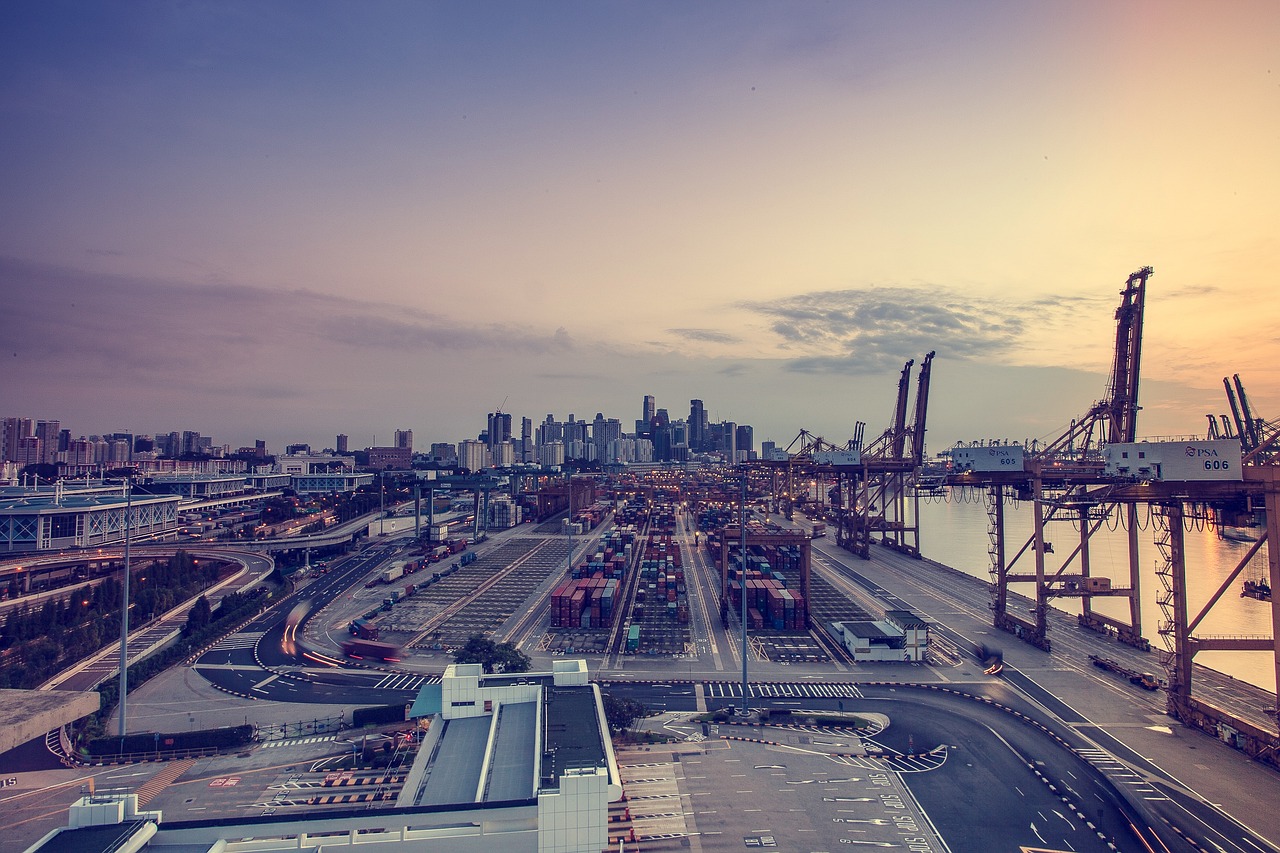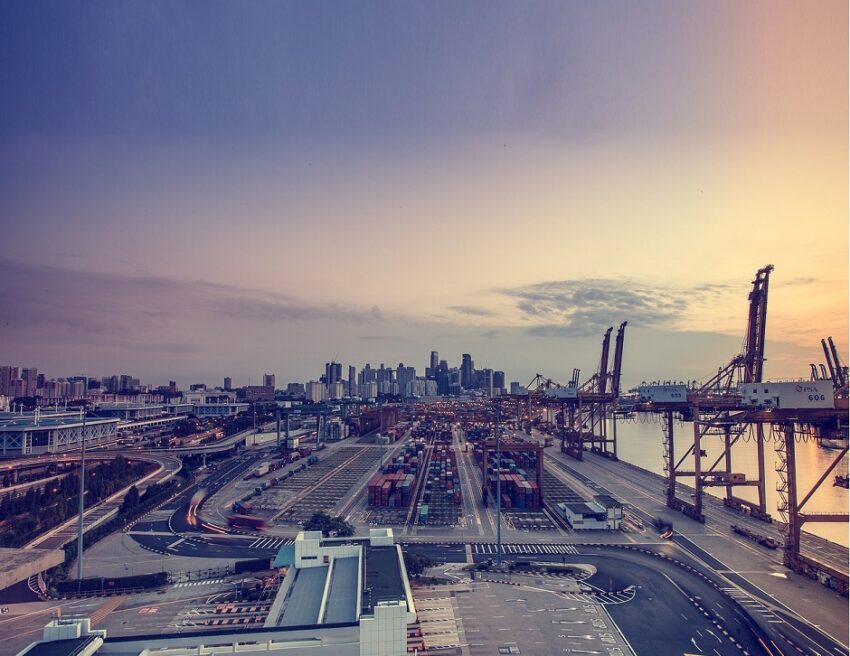Digitalization has become the driving force revolutionizing the ocean freight shipping industry, ushering in a new era of efficiency and safety for cargo and cargo handlers alike. In this blog, we delve into the myriad benefits of the digitalization of logistics, shedding light on the key factors that unlock a realm of possibilities for all stakeholders involved.
Despite the strides made in adopting technology to enhance operations, there is still room for improvement in the container shipping industry. A substantial number of freight forwarders continue to rely on manual processes and outdated technology, as highlighted by a survey conducted by Container xChange. This reliance on email and phone for quotations and booking processes limits efficiency and competitiveness.
Digital freight solutions, such as Cargofive and Container xChange, offer comprehensive visibility into global ocean freight rates, container prices, and leasing rates. This market intelligence empowers freight forwarders to enhance their logistics and business proposals, driving improved services to customers.
By embracing digital technologies, industry leaders are aiming to revolutionize container logistics and operations, providing a hassle-free experience for stakeholders. As we explore the ocean freight shipping digitalization strategy, it’s imperative to understand its impact on ports, the key driving factors, and the myriad benefits it brings to the forefront.
Ocean Freight Shipping Digitization: Strategy of Ports in 2024
In response to the demands of the digital age, ports are transitioning to digitalization, transforming into ‘smart ports.’ These ports leverage cutting-edge technologies and data-driven solutions to streamline maritime operations, fostering a more sustainable supply chain.
Smart ports incorporate technologies like digital twins, creating virtual models of physical objects through smart sensors for real-time data collection. This data allows continuous monitoring and updating of vessel information, enabling proactive troubleshooting and performance prediction.
The integration of digital technologies in ports focuses on enhancing efficiency through automated vessel management, smart berth management, and port community systems (PCS). These components contribute to optimizing vessel movements, reducing waiting times, efficiently allocating berths, and facilitating seamless information exchange to expedite cargo clearance.

4 Key Factors Driving Shipping Digitization Strategy
Several key factors are driving the shipping digitalization strategy, reshaping the transportation and management of goods:
- Internet of Things (IoT): Connecting physical devices, containers, and vessels through sensors and networks, IoT enables real-time tracking and monitoring, providing valuable data on container conditions, location, and temperature.
- e-BoL (Electronic Bill of Lading): The shift towards digitalization is evident with the adoption of e-BoL, offering secure and tamper-proof digital documentation. It eliminates administrative burdens, reduces errors, and accelerates the documentation process.
- Tracking and API Integration: Advanced tracking technologies like GPS and RFID, coupled with API integration, revolutionize shipment visibility and customer experience. Real-time monitoring of container location and status allows for efficient information exchange between stakeholders.
- Artificial Intelligence (AI): AI-powered algorithms and machine learning models analyze vast amounts of data to optimize container allocation, predict demand patterns, and streamline supply chain operations. This enhances risk management by identifying potential disruptions and offering proactive mitigation strategies.
Benefits of Container Shipping Digitization Strategy
The adoption of ocean freight shipping digitalization strategy brings forth a plethora of benefits for stakeholders:
- Automation of Manual Processes: By automating manual processes, including visualization of ocean freight rates and container leasing, shipment booking, and document management, freight forwarders save time and reduce errors.
- Real-time Container Location Visibility: Digital solutions provide real-time visibility of shipments, enabling freight forwarders to track and monitor container movements, keeping customers updated.
- Enhanced Communication with a Real-time Chat Platform: Real-time chat functions within a single platform improve communication and relationships between freight forwarders, carriers, and customers, reducing the reliance on emails and phone calls.
- Data-driven Decision-Making: Digital solutions enable freight forwarders to analyze freight and container pricing, generate reports, and make informed decisions, leading to more profit-driven choices and improved overall performance.
- Efficiency Improvement Through a Marketplace: Streamlining operations with digital solutions improves overall efficiency and reduces costs, contributing to increased profitability.
- Technology Advancements: Blockchain shipping and emerging technologies provide solutions for commercial and logistical processes. Instant access to real-time quotations via is revolutionizing the way freight forwarders operate.
As we step into 2024, the ocean freight shipping digitalization strategy is not just a trend but a transformative journey reshaping the logistics landscape. Embracing these digital solutions becomes imperative for stakeholders seeking to enhance operational efficiency, reduce costs, and stay competitive in an increasingly digital world. Container xChange stands as a beacon, offering a carefully curated digital platform to facilitate this seamless transition. It’s time to adapt, integrate, and embark on a smarter way of navigating the complexities of the shipping industry.


